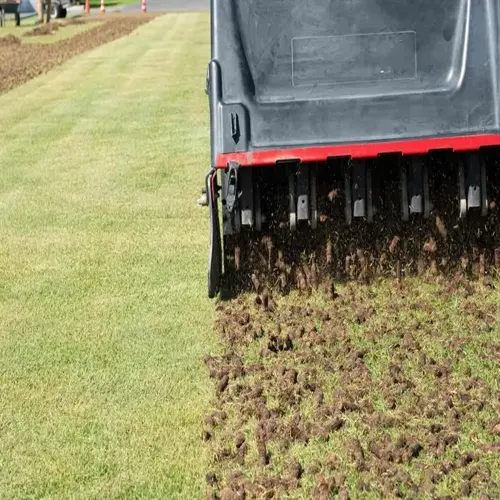What is the best type of mulch for fruit trees?

Written by
Benjamin Miller
Reviewed by
Prof. Samuel Fitzgerald, Ph.D.Selecting the best mulch has a great effect on health and productivity. Different materials fulfill different functions in fruit tree management. Wood chips are excellent for moisture retention, compost is good for fertilizing, and straw is better for weed control in dry regions. Avoid dyed products near edible trees.
When deciding on materials, think about your climatic conditions. Dry places require thick applications of straw, which save moisture. Humid places require a good leaf mold, which will prevent root rot. Adapt the properties of the mulch to the weather conditions of the locality. This will keep your fruit tree in optimal efficiency.
Safety Precautions
- Maintain 6 inch trunk clearance always
- Test dyed mulch for chemical content before use
- Avoid fresh grass clippings containing pesticides
Organic Material Tips
- Layer wood chips over compost for nitrogen balance
- Shred leaves before application for faster decomposition
- Source municipal arborist chips for cost savings
Seasonal Adjustments
- Apply thinner layers before rainy seasons
- Increase depth before winter frost periods
- Refresh surface material during spring growth spurts
Apply with best techniques mulch rings in a donut shape to drip lines. Water the soil thoroughly before adding organic materials. This prevents the formation of hydrophobic conditions beneath mulch. By maintaining consistent growth, check soil depth through the growing season.
Observe tree responses after mulching. Healthy trees put on new growth within a few weeks. Yellowing leaves indicate a nitrogen deficiency, which will need correction. Change the materials used periodically, as indicated by your observations of the root zone. Your trees will show you what is best for your orchard.
Sustainable sourcing creates eco-friendly solutions. Local arborist chips reduce transportation emissions significantly. Community compost programs offer free materials. These approaches effectively support orchard health while minimizing environmental impacts.
Read the full article: Mulching Fruit Trees: Ultimate Guide

